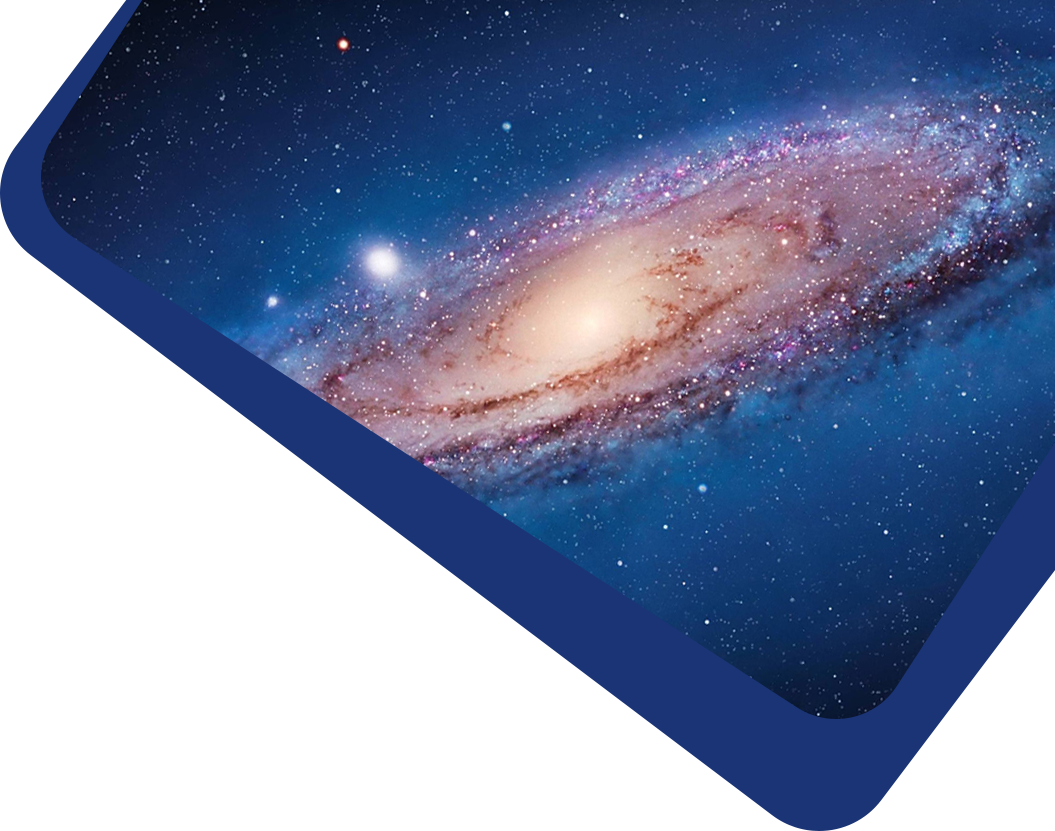

After launching a jet, outflows of magnetar were used to account for the achromatic plateau of afterglow and the early X-ray flux plateau known as "internal plateau". The lack of detecting magnetic dipole emission together with the energy injection feature in a single observation poses confusion until the long gamma-ray burst (GRB) 210610B is detected. GRB 210610B is presented with an optical bump following an early X-ray plateau during the afterglow phase. The plateau followed by a steep decline flux overlays in the steadily decaying X-ray flux with index αX,1 ∼ 2.06, indicating an internal origin and that can be fitted by the spin-down luminosity law with the initial plateau luminosity  and the characteristic spin-down timescale T ∼ 2818 s. A subsequent bump begins at ∼4000 s in the R band with a rising index αR,1 ∼ − 0.30 and peaks at ∼14125 s, after which a decay index αR,2 ∼ 0.87 and finally transiting to a steep decay with αR,3 ∼ 1.77 achieve the closure relation of the external shock for the normal decay phase as well as the magnetar spin-down energy injection phase, provided that the average value of the photon index Γγ = 1.80 derived from the spectral energy distributions (SEDs) between the X-ray and optical afterglow. The closure relation also works for the late X-ray flux. Akin to the traditional picture of GRB, the outflow powers the early X-ray plateau by dissipating energy internally and collides with the leading decelerating blast burst as time goes on, which could interpret the exotic feature of GRB 210610B. We carry out a Markov Chain Monte Carlo simulation and obtain a set of best parameters:
and the characteristic spin-down timescale T ∼ 2818 s. A subsequent bump begins at ∼4000 s in the R band with a rising index αR,1 ∼ − 0.30 and peaks at ∼14125 s, after which a decay index αR,2 ∼ 0.87 and finally transiting to a steep decay with αR,3 ∼ 1.77 achieve the closure relation of the external shock for the normal decay phase as well as the magnetar spin-down energy injection phase, provided that the average value of the photon index Γγ = 1.80 derived from the spectral energy distributions (SEDs) between the X-ray and optical afterglow. The closure relation also works for the late X-ray flux. Akin to the traditional picture of GRB, the outflow powers the early X-ray plateau by dissipating energy internally and collides with the leading decelerating blast burst as time goes on, which could interpret the exotic feature of GRB 210610B. We carry out a Markov Chain Monte Carlo simulation and obtain a set of best parameters:  ,
, , EK,iso ≃ 4.6 × 1053erg, Γ0 ≃ 832, A* ≃ 0.10, Linj,0 ≃ 3.55 × 1050erg s−1. The artificial light curve can fit the afterglow data well. After that, we estimated the average Lorentz factor and the X-ray radiation efficiency of the later ejecta are 35% and 0.13%, respectively.
, EK,iso ≃ 4.6 × 1053erg, Γ0 ≃ 832, A* ≃ 0.10, Linj,0 ≃ 3.55 × 1050erg s−1. The artificial light curve can fit the afterglow data well. After that, we estimated the average Lorentz factor and the X-ray radiation efficiency of the later ejecta are 35% and 0.13%, respectively.
Key words: (stars:) gamma-ray burst: individual (GRB 210610B) – (stars:) gamma-ray burst: general – stars: jets
There are currently no refbacks.
It accepts original submissions from all over the world and is internationally published and distributed by IOP